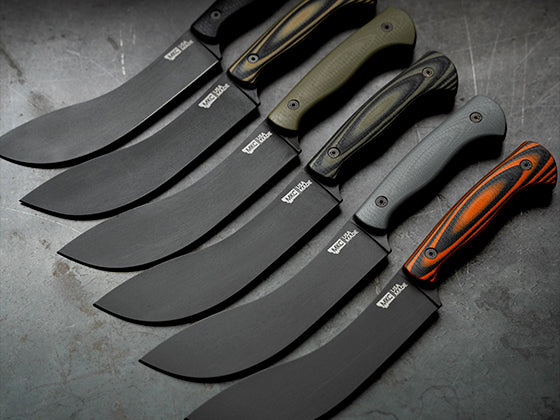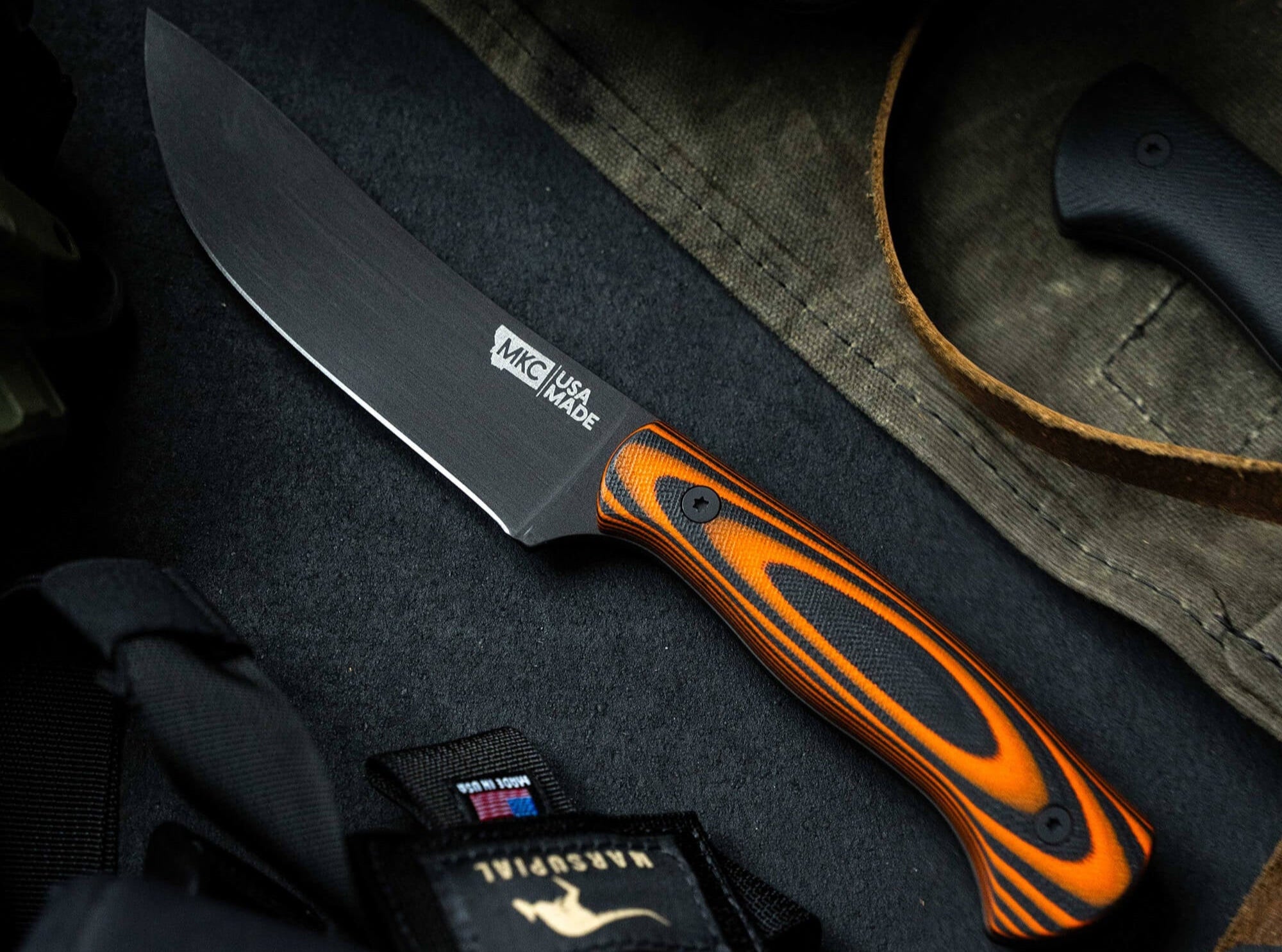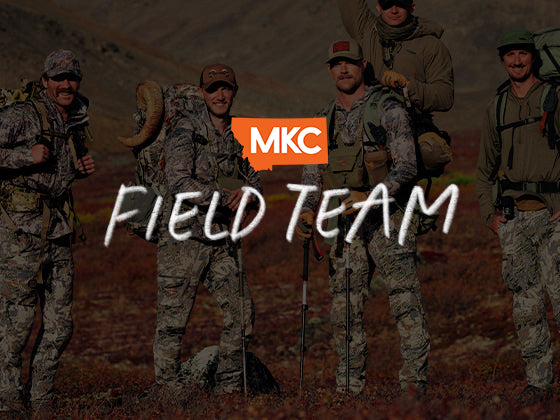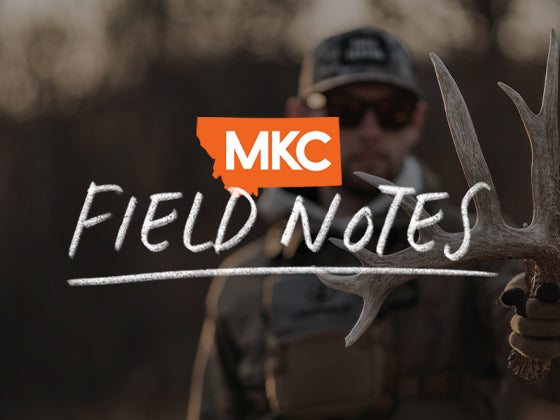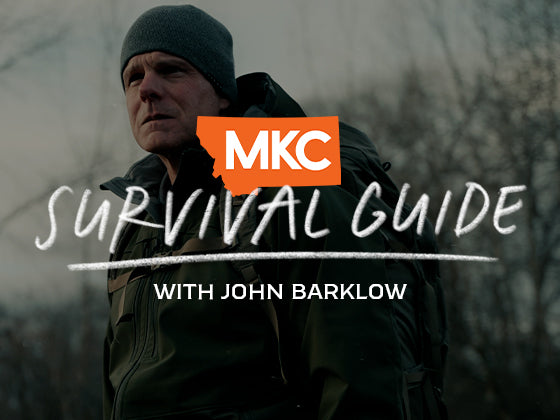Trekking poles have gained serious traction among backcountry hunters, and for a good reason. After using them for years throughout North America, especially in Alaska, I’ve learned these tools can literally save your life.
Whether you call them trekking poles, hiking poles, or hiking sticks, these tools provide efficiency, safety, and versatility that no backcountry hunter should overlook.
How Trekking Poles Make You a More Efficient Hunter
Your trekking poles turn every hike into a full-body workout. Instead of relying solely on your legs, you engage your arms and upper body with each step. This distribution of effort becomes even more important when you’re packing out meat.
When that heavy pack starts forcing you to bend forward, your hiking poles let you stand upright. This opens your diaphragm and lets full breaths into your lungs, which you need when you’re grinding through tough terrain.
Going uphill, these hiking sticks help your upper body pull you up the mountain. You’re not just pushing with your legs; you’re pulling with your arms, too. Extend your poles, put them out in front, and you’ll take serious weight off your knees and hips while breaking your descent.
The balance improvement alone justifies carrying trekking poles. Your heavy pack makes you sway side to side, burning energy in your core just to stay upright. With poles, you maintain better balance and save that energy for covering ground.
Using Trekking Poles as Multi-Purpose Backcountry Tools
Your hiking poles don’t just help you walk.
Pull the basket off, and you’ve got a shelter anchor. Jab it into the ground depending on terrain, and it holds your shelter securely. Flip it over to use the self-arrest pick, and you’ve got another anchoring option.
These poles also excel at stream crossings. Use them to maintain balance while rock-hopping across creeks. When you encounter that sketchy log crossing over a fast-flowing river, where a fall means dropping three, four, or five feet into rushing water, use your walking stick for hiking as your balance beam assistant.
When Trekking Poles Become Survival Tools
My trekking poles have saved my life multiple times. This isn’t hyperbole; it’s a field-tested fact.
During a late-season mountain goat hunt, I took a long fall that could’ve ended badly. Without my trekking pole, I might not be here sharing this information. I dug in and gradually slowed myself before going over a cliff.
My hunting partner experienced a similar situation during a blacktail deer hunt. He took what could’ve been a much longer fall on steep, wet grass but managed to self-arrest with his pole. These situations happen fast, especially in Alaska and Canada, where wet grass on steep slopes is dangerous.
A trekking pole’s self-arrest pick is even more valuable in snowy, icy conditions. You can dig in to stop yourself from sliding into serious trouble.
Choosing Between One or Two Trekking Poles
The number of poles you carry depends on your situation.
I always carry at least one trekking pole, no matter what. That single pole gives me self-arrest capability, balance assistance, and all the multi-purpose benefits I’ve described.
Winter weather hunts demand two trekking poles. I’ll also bring two if I’m planning to pack an elk out of the backcountry and know the heavy load will be crushing.

Selecting the Right Trekking Poles for Your Needs
Modern trekking poles come in several configurations.
You’ve got fixed-length poles and adjustable ones. Some have one section, others have two or three sections.
I prefer three-section poles for their compact size. They fit on my pack without increasing my signature or snagging on my bow or rifle. They’re lightweight and practical for backcountry hunting.
Material choice matters, too. Aluminum poles cost less but break more easily. I’ve snapped more aluminum poles than I can count: tripping over them, getting them stuck between brush, etc. You can repair them with duct tape or cable ties, but it’s still a hassle.
Durable carbon fiber trekking poles cost more. For serious backcountry use, the extra investment in carbon pays off through increased reliability.
The self-arrest pick on my preferred pole is versatile. It works as a handle, functions as an anchor point, and provides life-saving self-arrest capability. But if I don’t need it for a particular trip, I can remove it by twisting it out. This flexibility lets me adapt my gear to different hunting conditions.
Making Trekking Poles Part of Your Backcountry System
Whether you’re hunting elk in Colorado, blacktail in Alaska, or mountain goats in British Columbia, proper trekking poles will improve your hunt.
If you don’t use hiking sticks, consider purchasing one and testing it on your next backcountry trip. Start with one pole before deciding whether you need two.
If you already use trekking poles, consider how you can expand their utility. These multifaceted tools are more versatile than most hunters realize. From shelter anchoring to stream crossing assistance to emergency self-arrest, hiking poles are great backcountry partners.

by John Barklow, a Special Operations Survival Instructor and consultant who has spent decades teaching military personnel and civilians survival techniques in extreme environments.


























